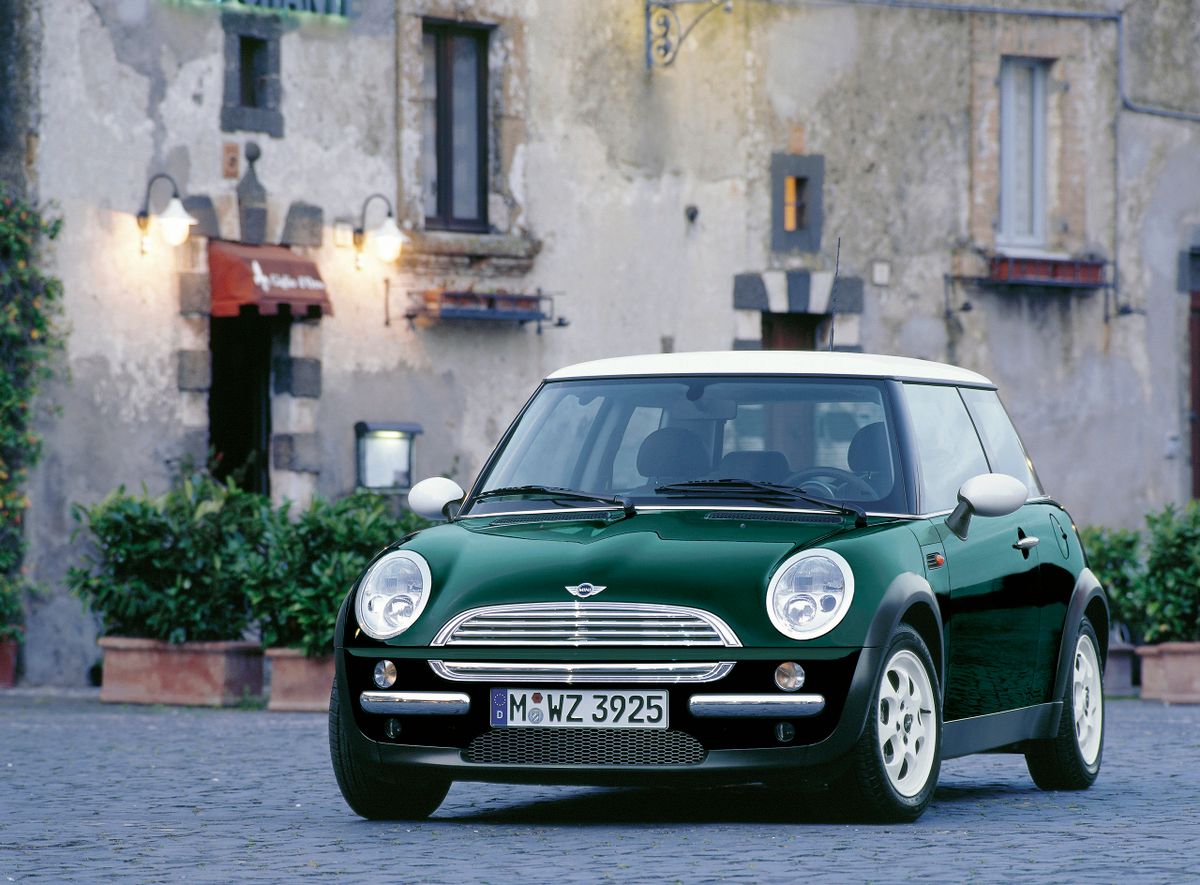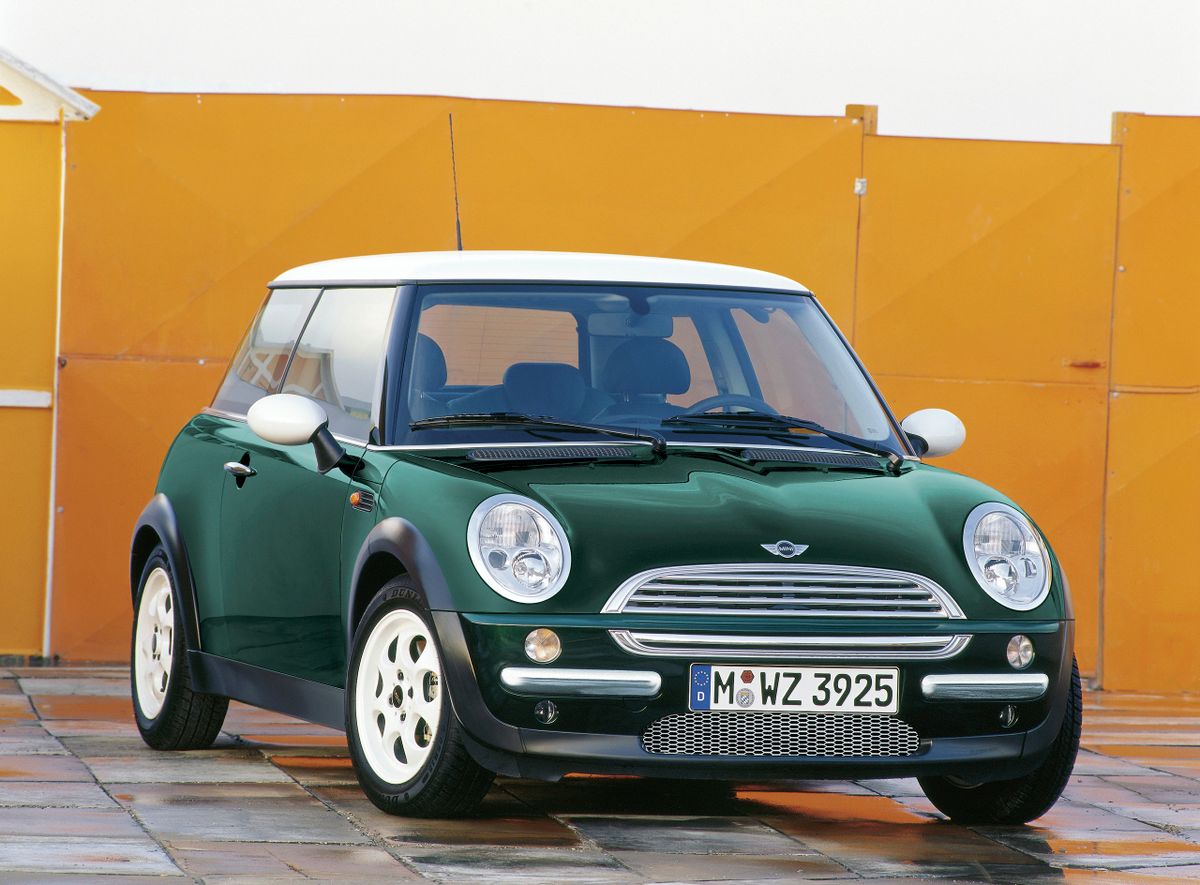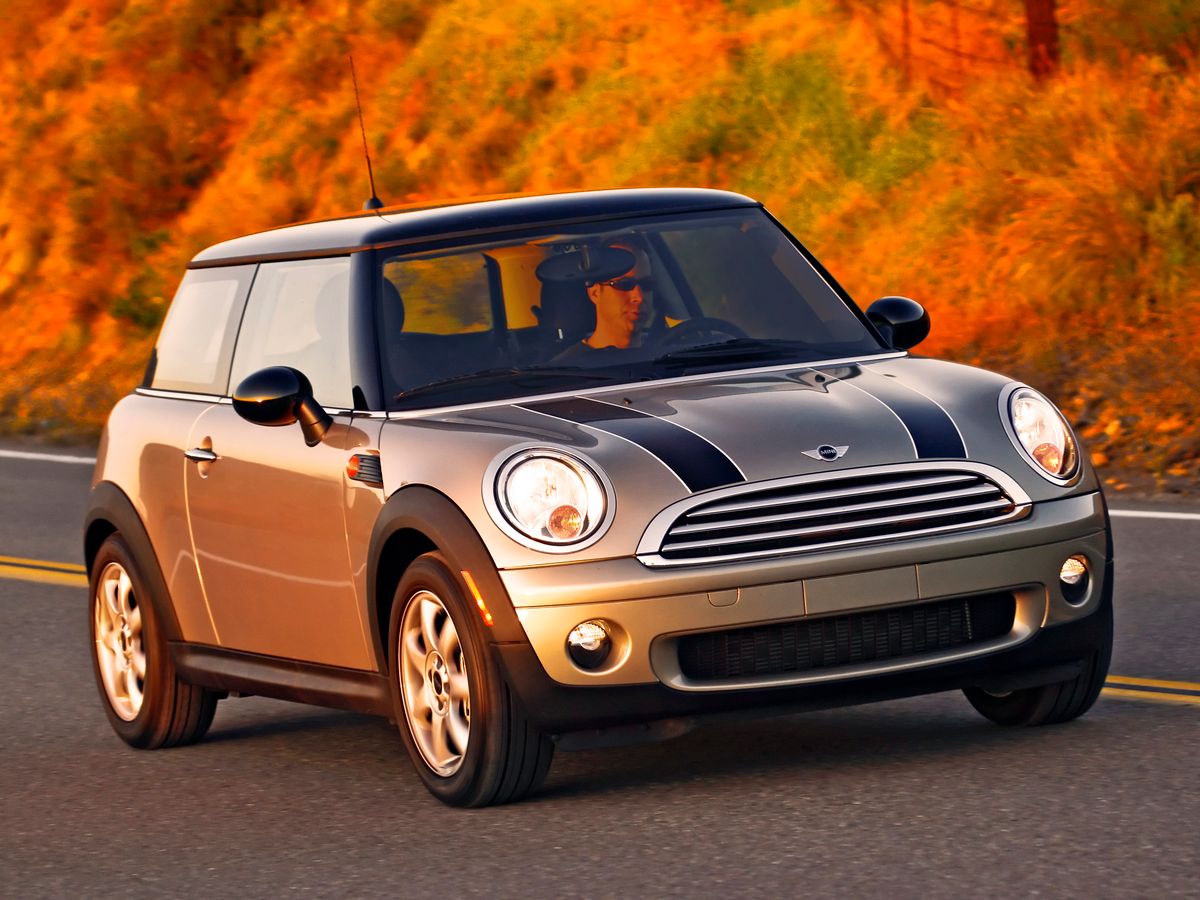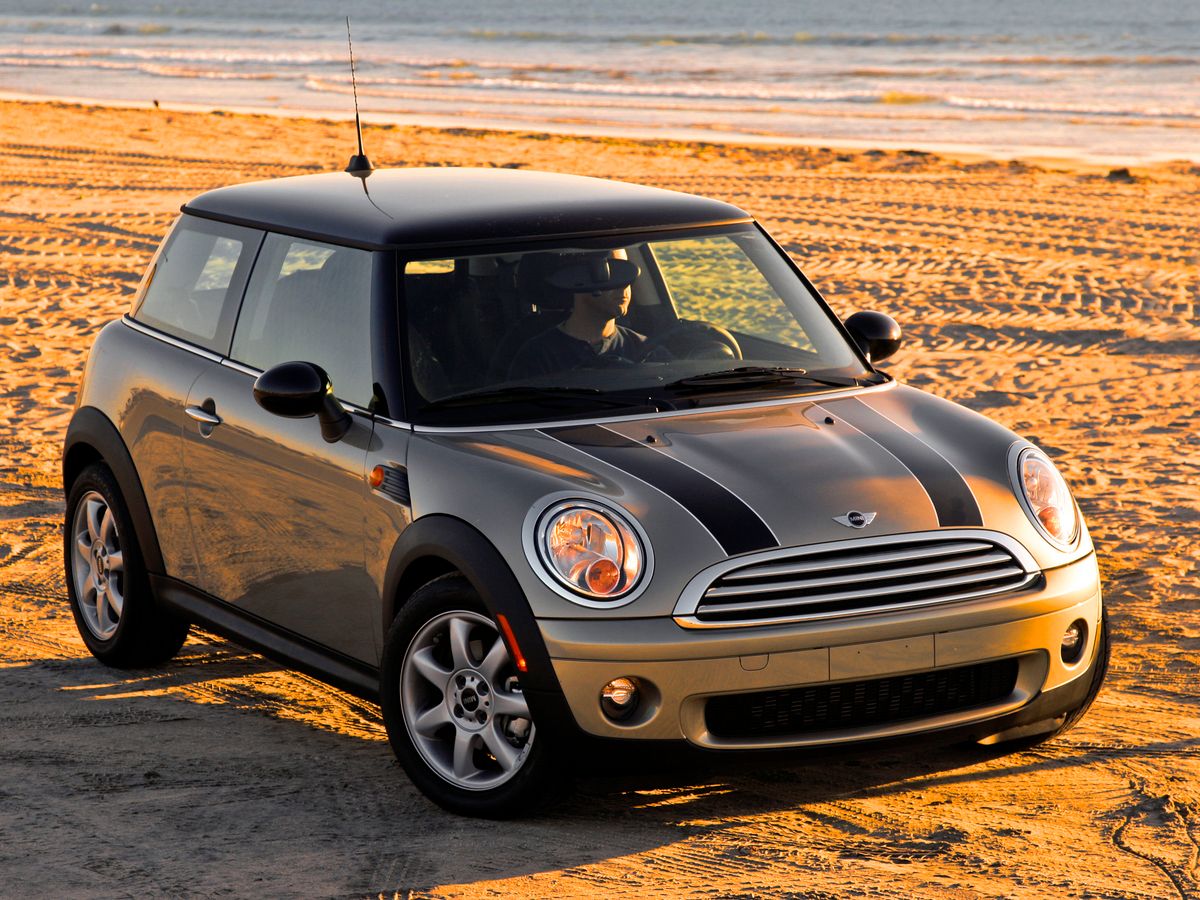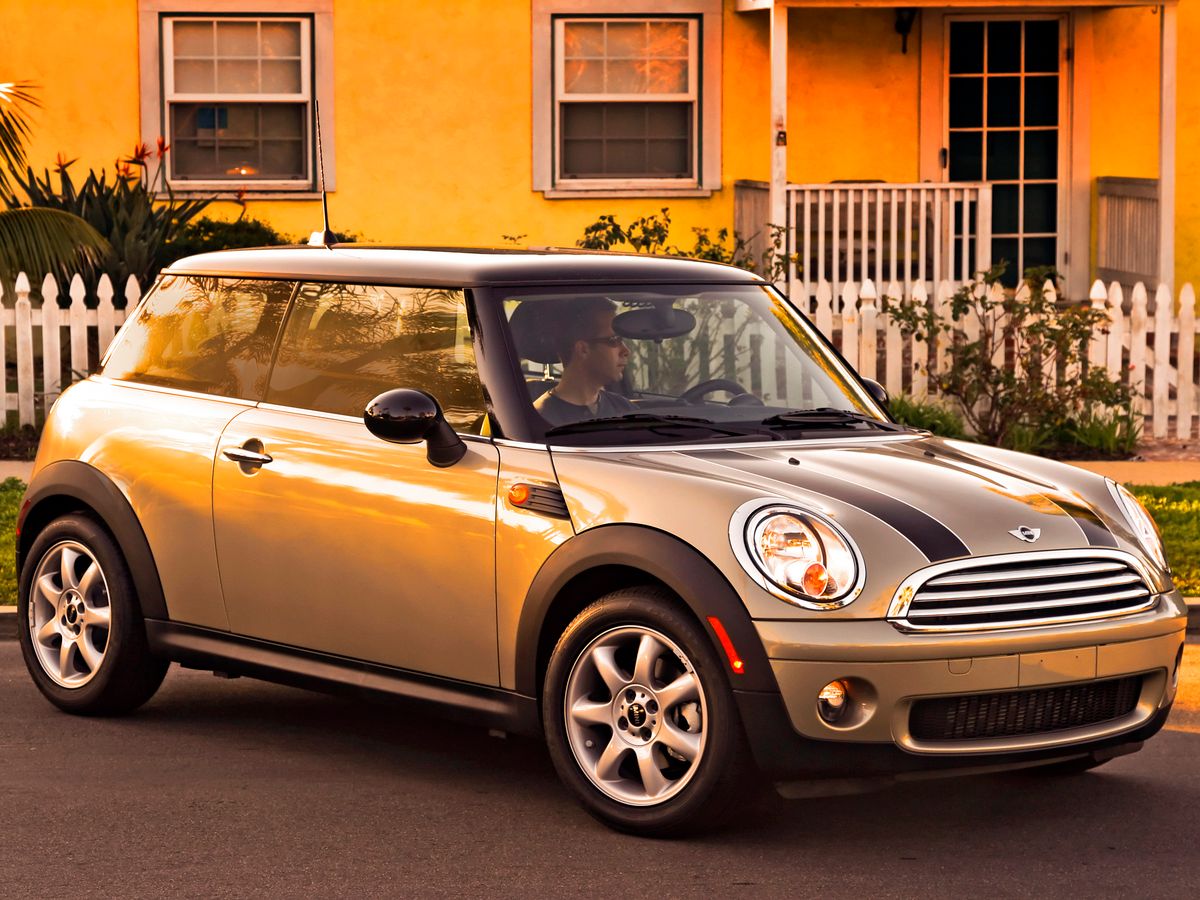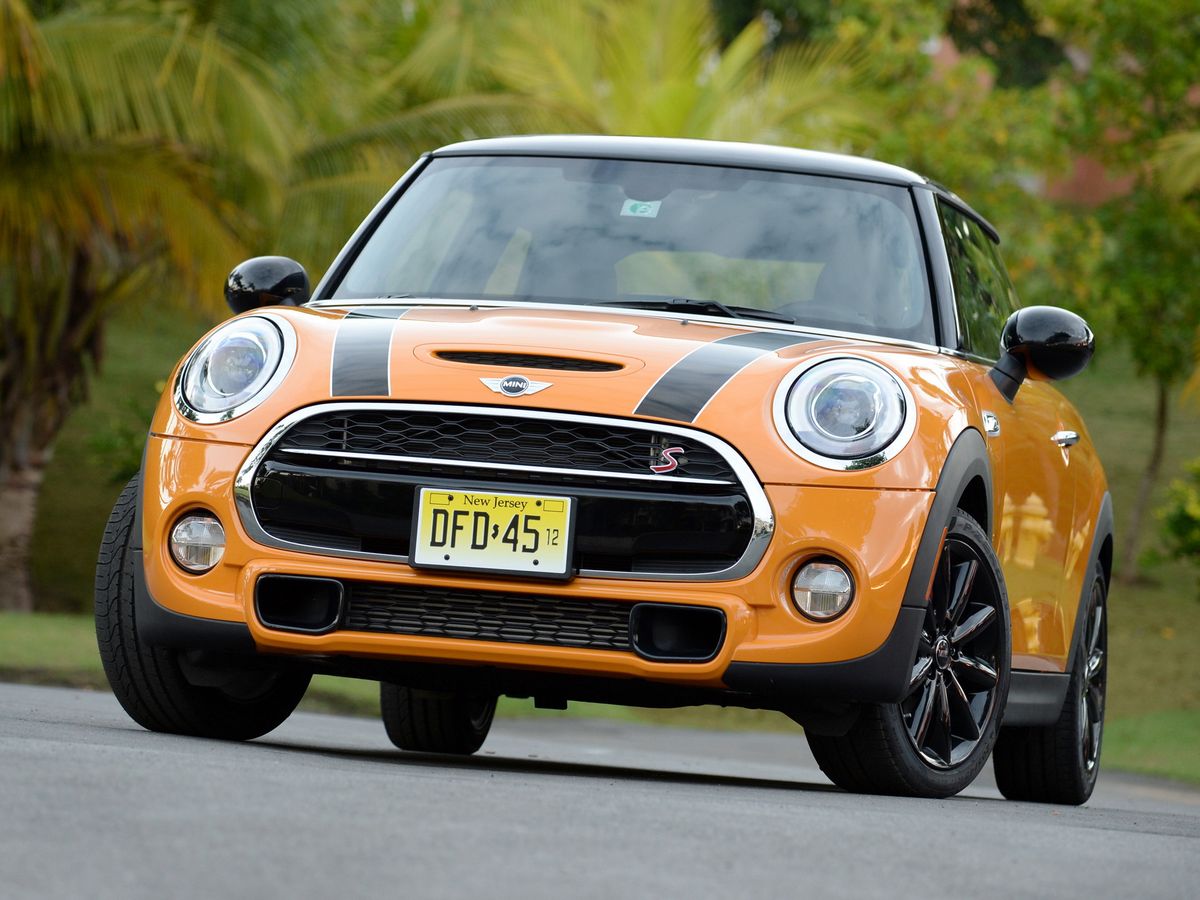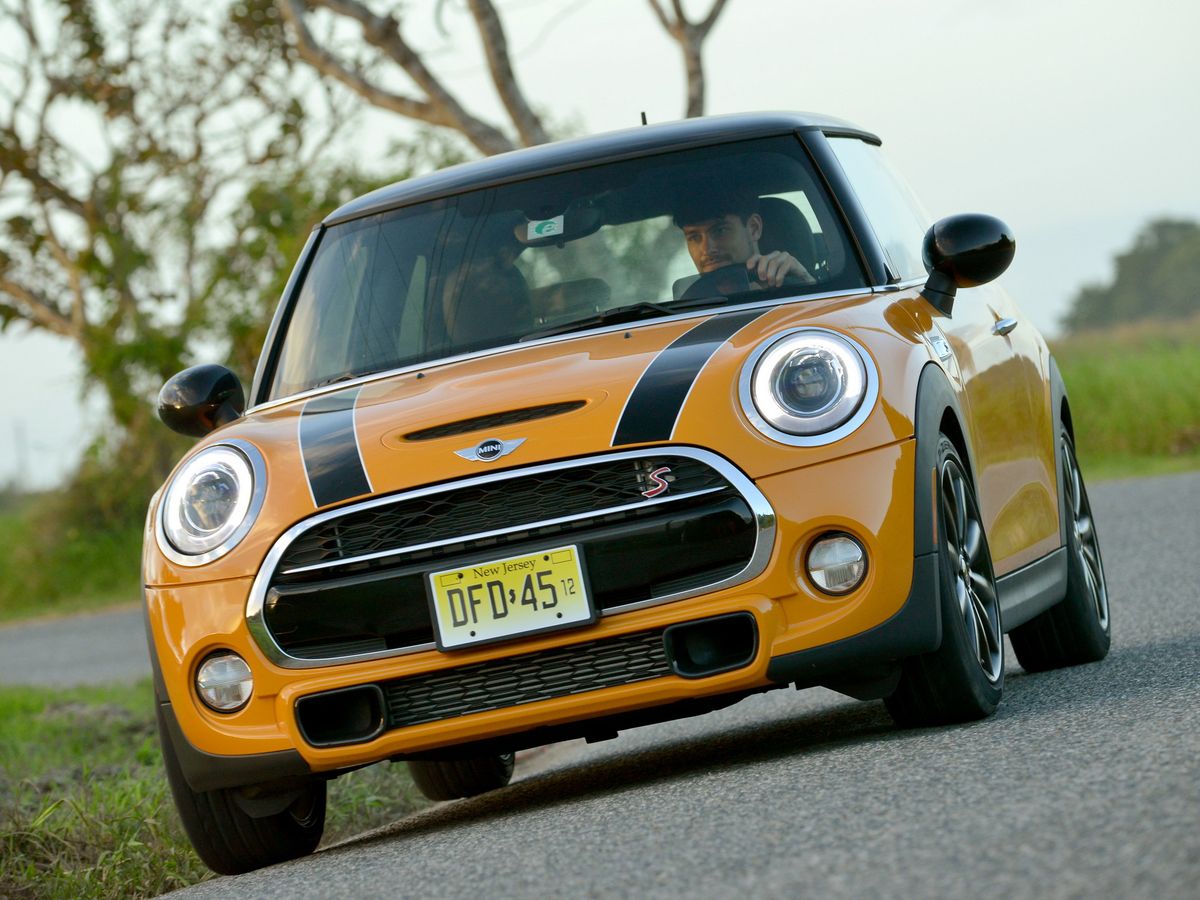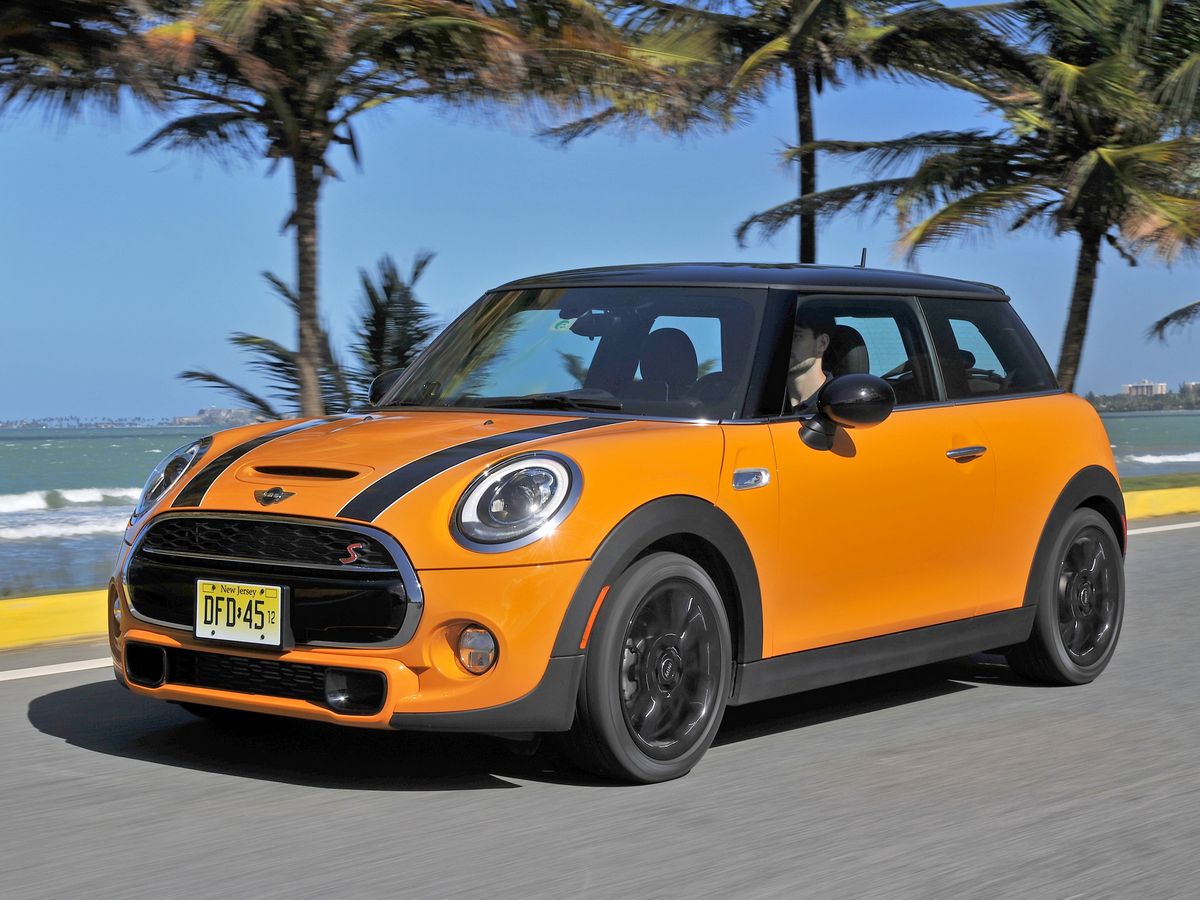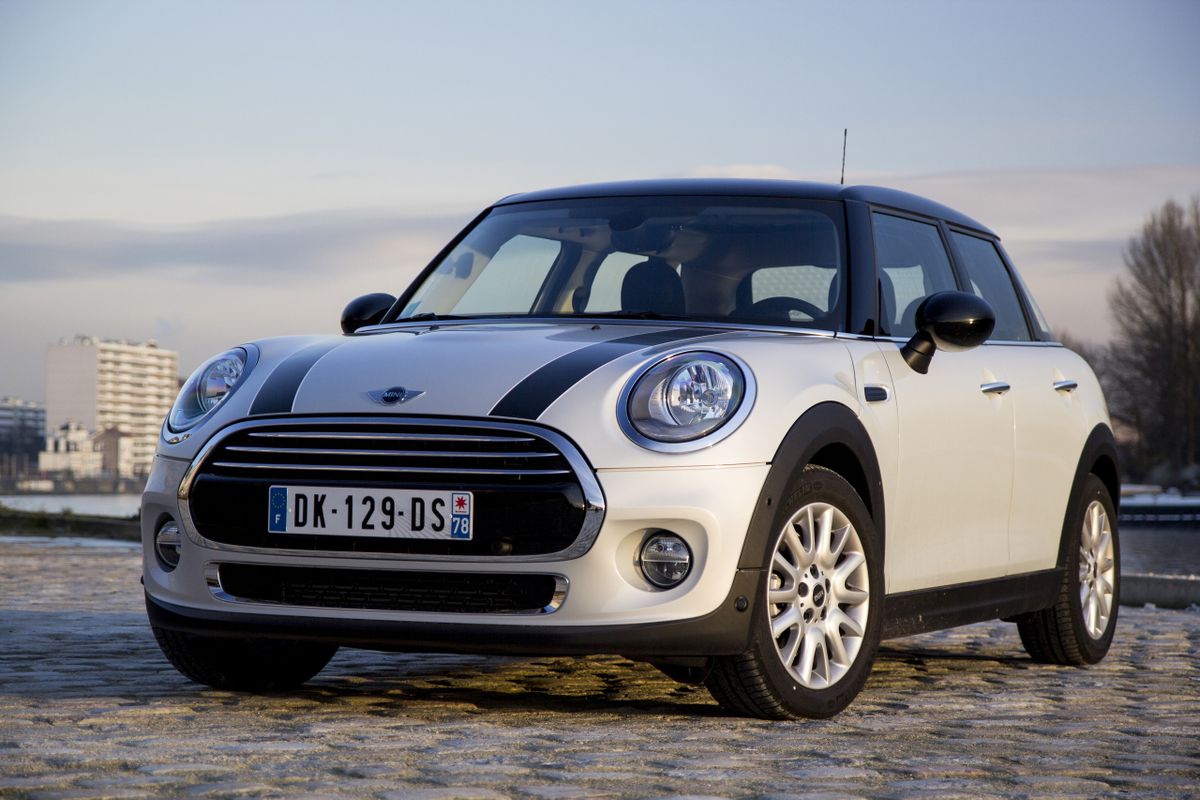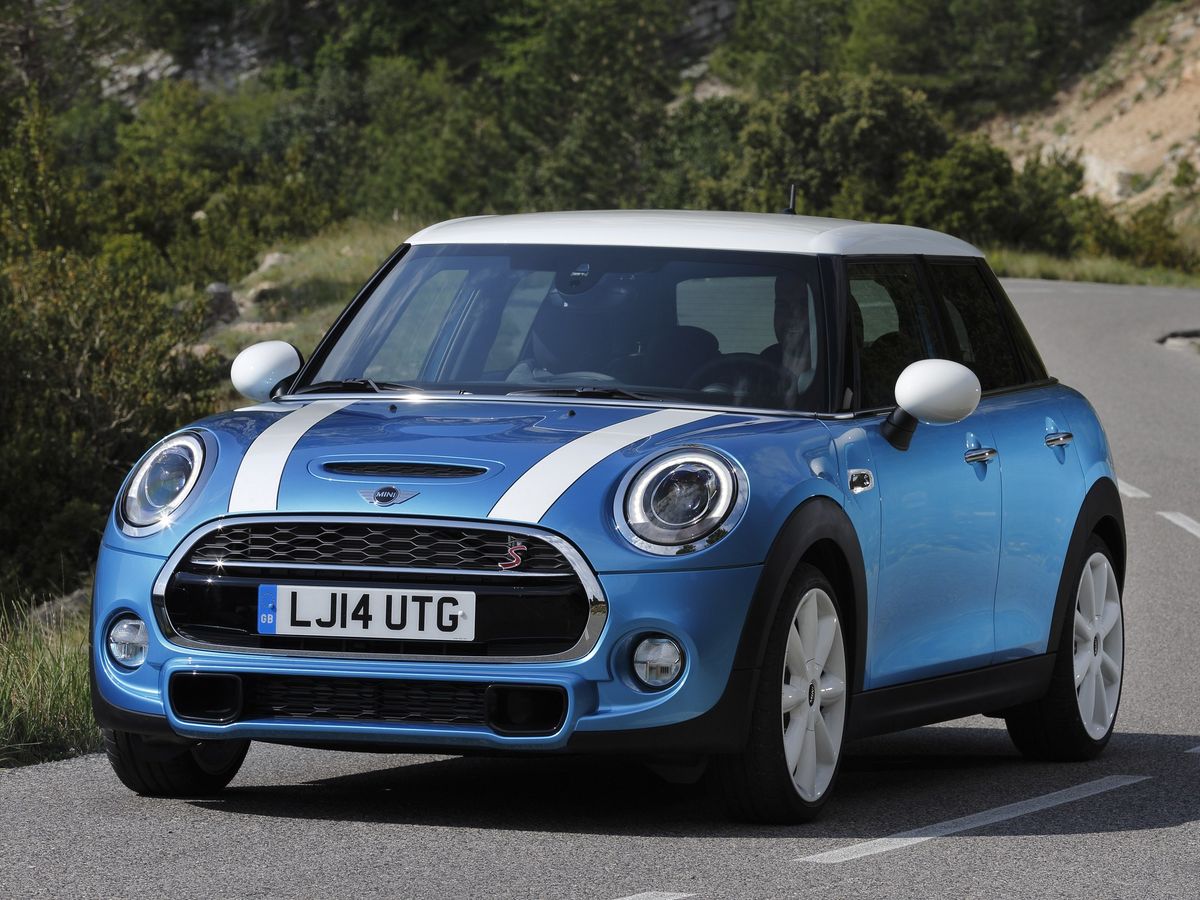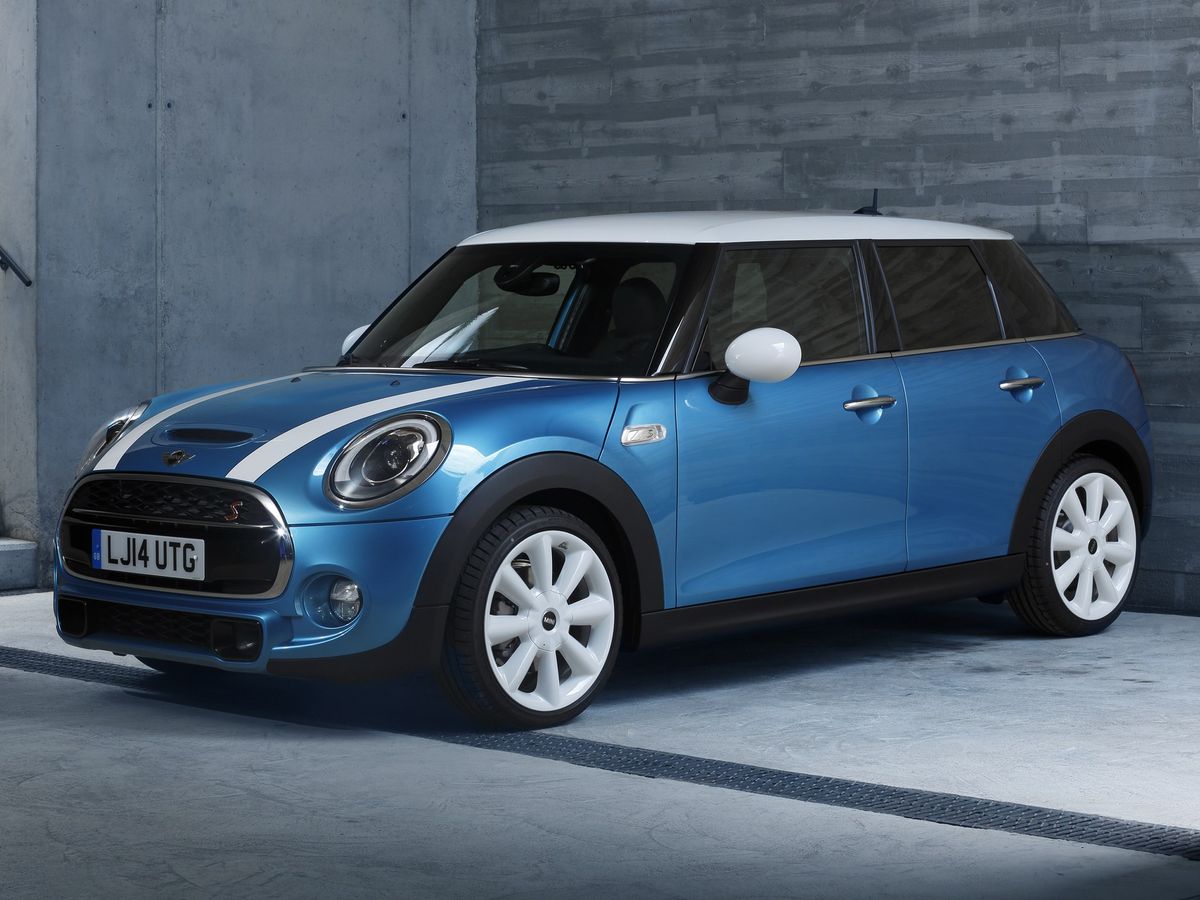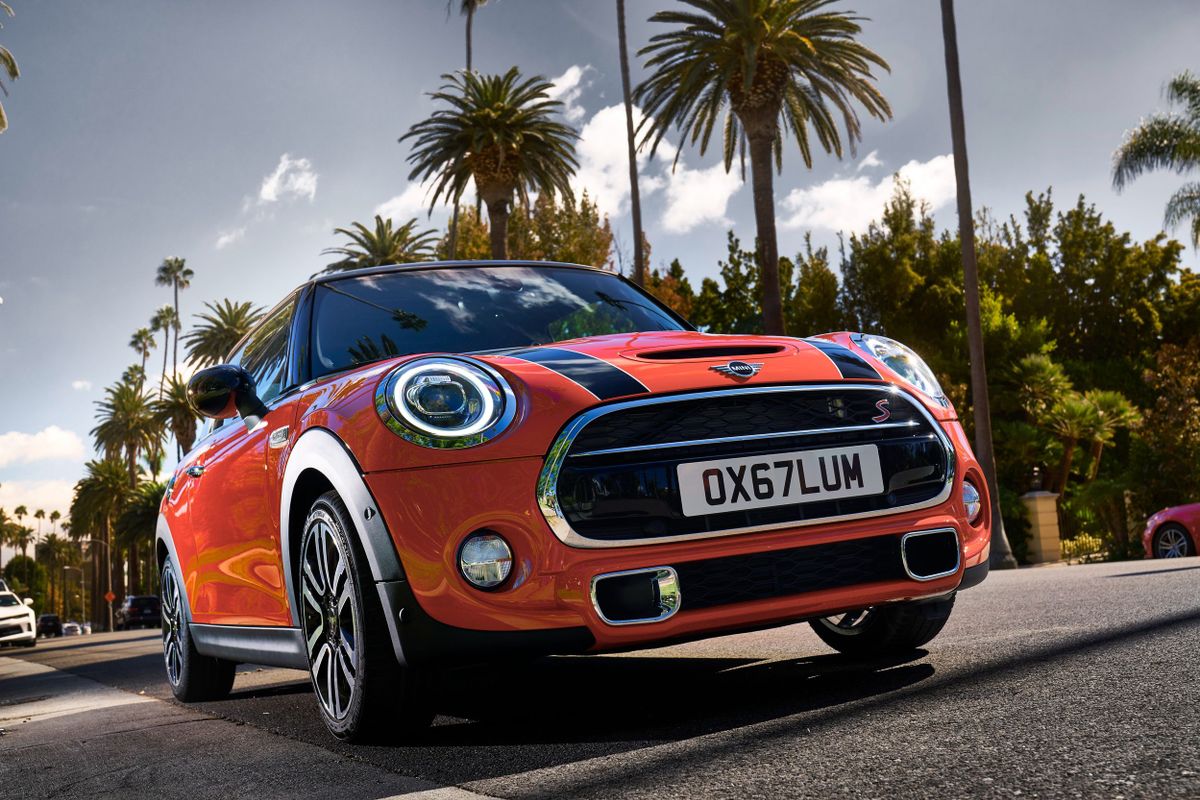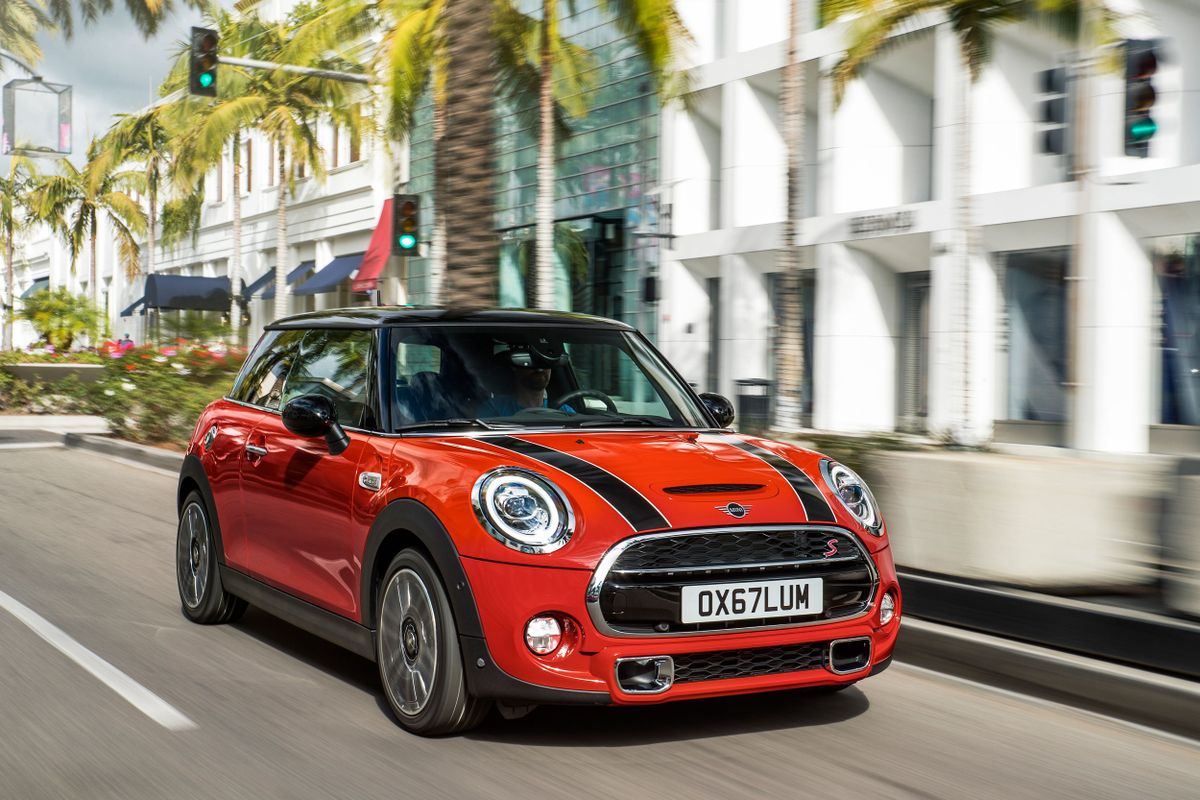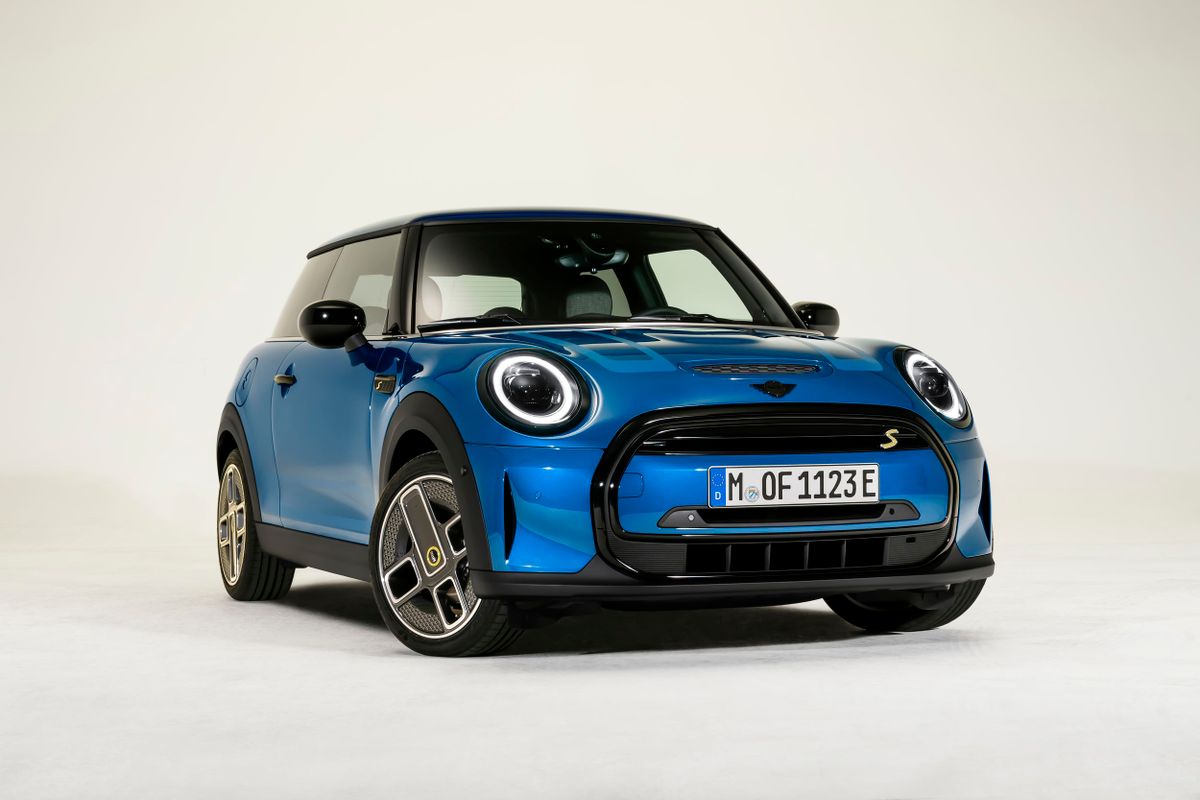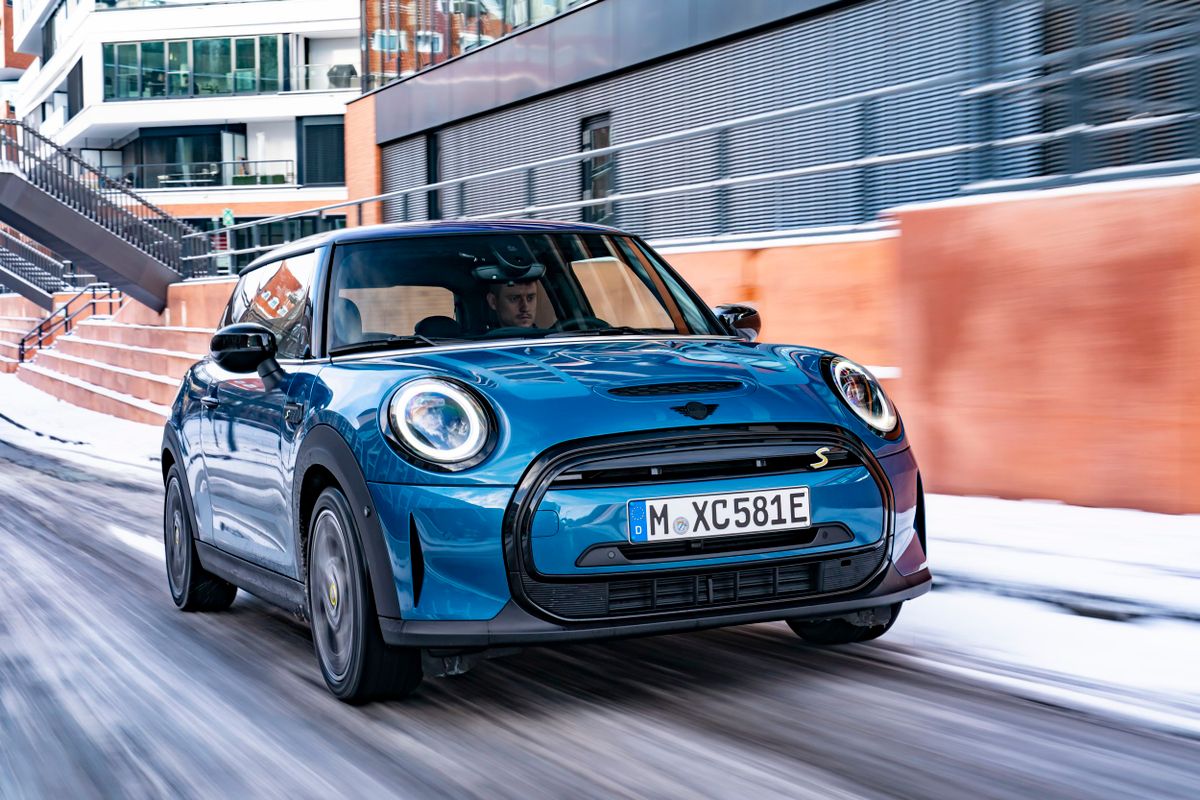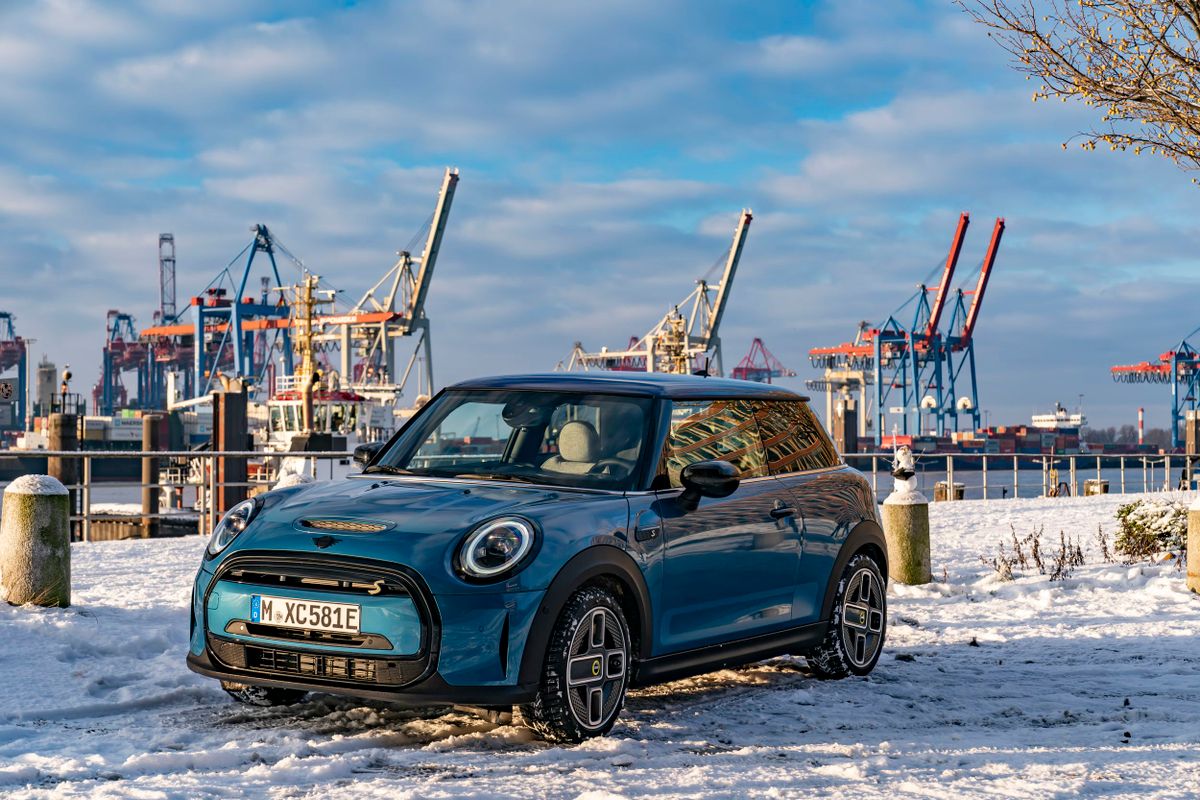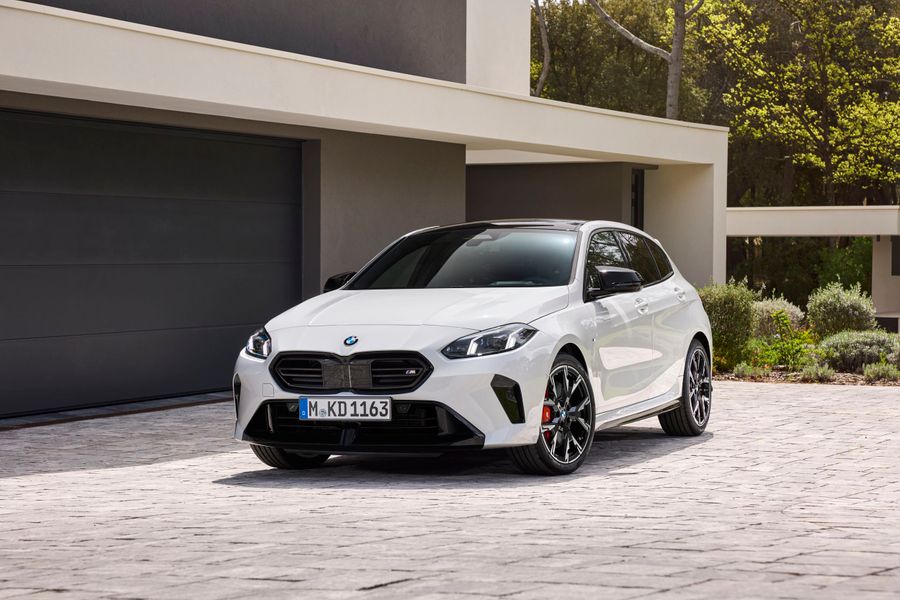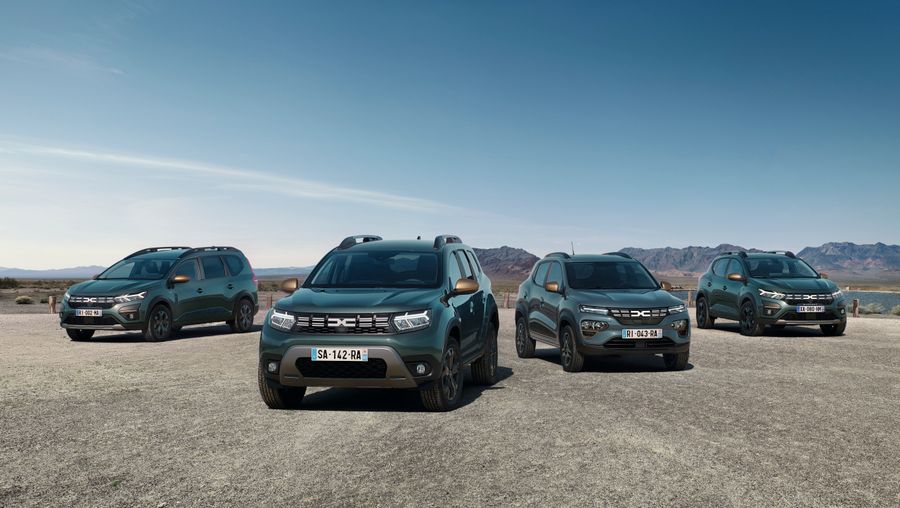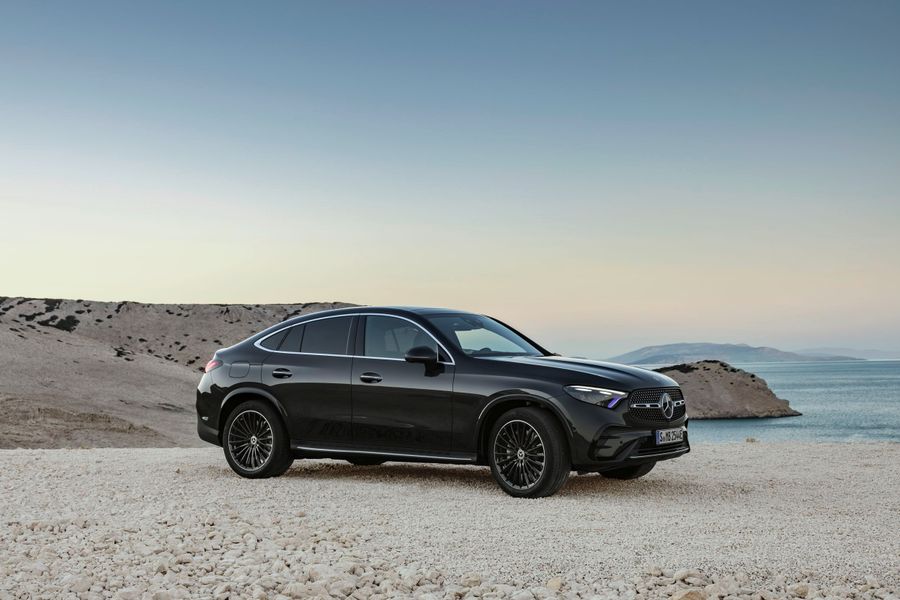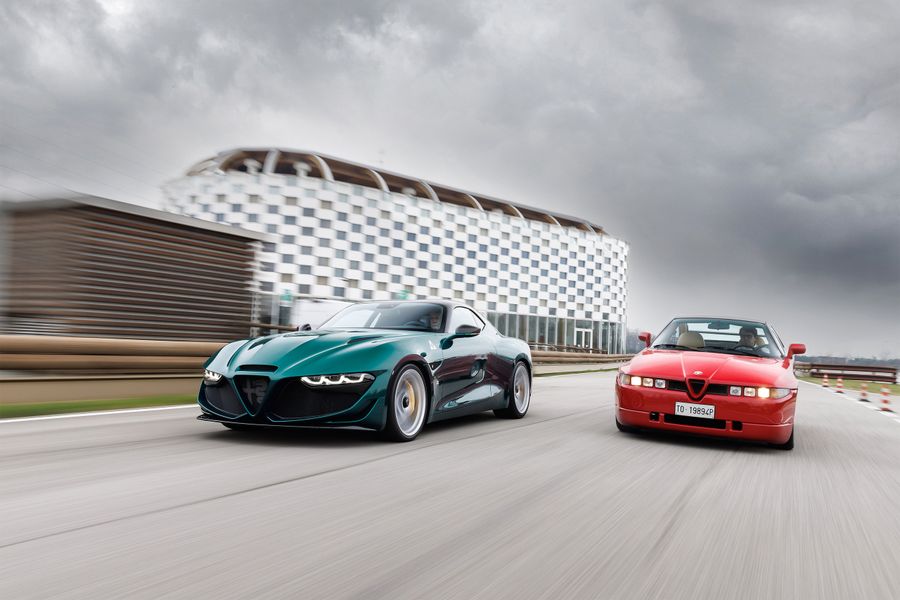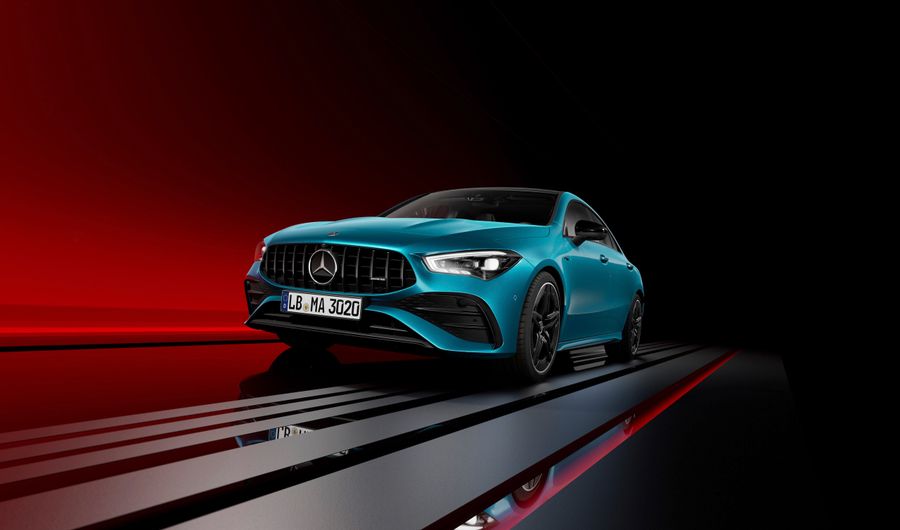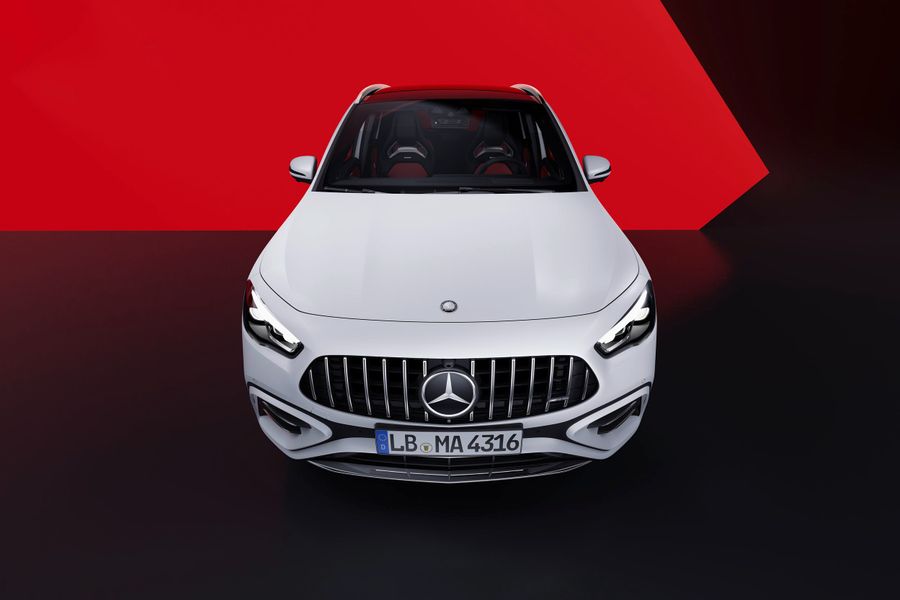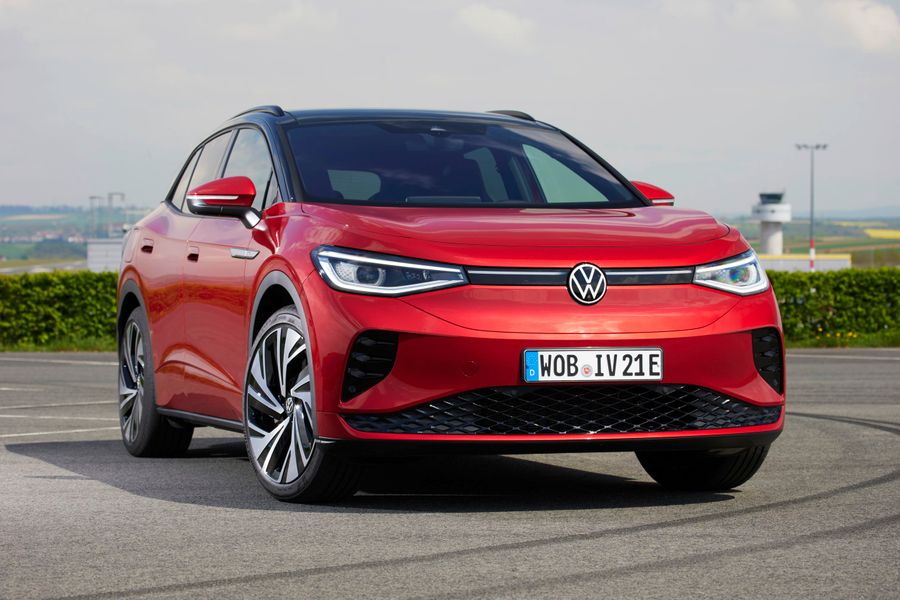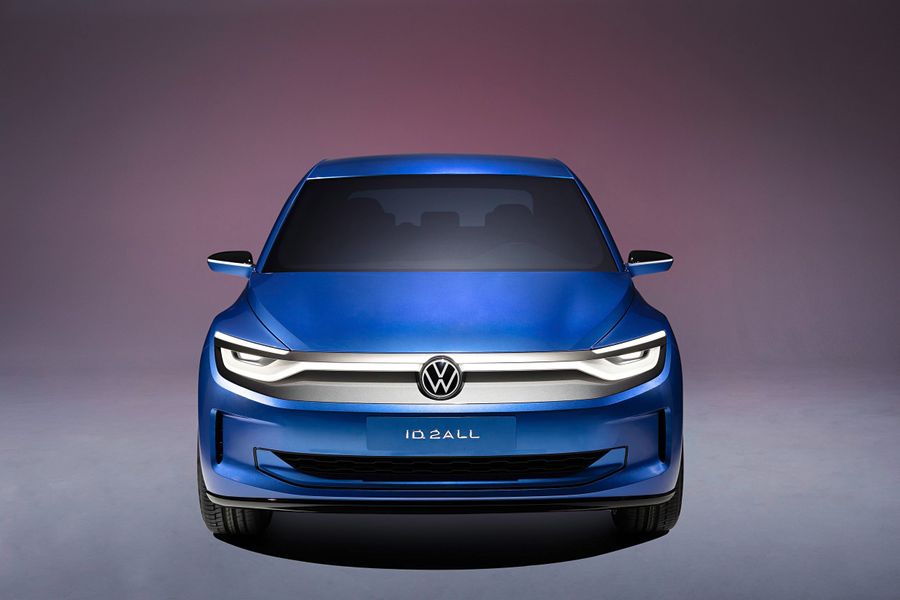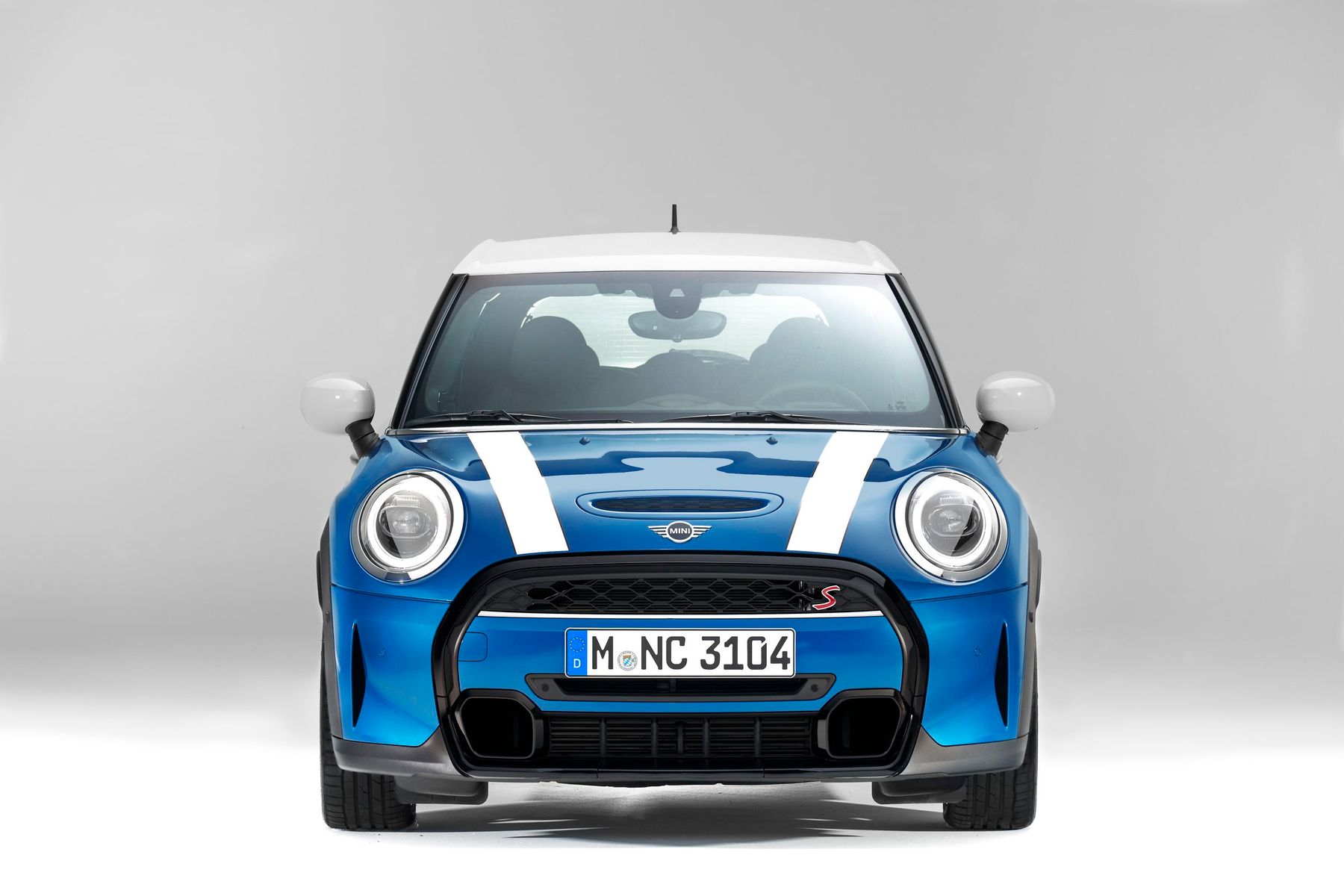
MINI Hatch. Image with ‘a tinct of retro’
MINI Hatch (MINI Hatch) is a front-wheel drive 3 or 5-door 5-seater hatchback of the B-class, which has been produced since 2001 by the MINI trademark under the auspices of the German concern BMW. In 2021, the third generation of the hatchback available in the Israeli market both after 2018 restyling and re-updated in 2021.
The stylish compact Hatch always stands out from the crowd. Of the advantages, we can note the good build quality and technical equipment, powerful and economical engines, informative steering. The disadvantages are the harsh suspension, but this is affected by the sporty settings, expensive maintenance.
MINI Hatch is the base model of the MINI automobile brand, first registered in the UK in 1959, and owned by the BMW concern since 1994. Since 2001, it has been produced in a completely updated version, the design of which is stylistically based on the ‘cult car of the 60s’. In order not to confuse the legend of Mini and the modern model, which chief designer Frank Stephenson calls ‘the evolution of the original’, the brand name after moving under the wing of BMW is written in capital letters - MINI.
There is a legend according to which Frank Stephenson when he was just preparing to present to the commission a full-size model of the future car made of clay, realized that he had not equipped it with an exhaust pipe. Then he took an empty beer can, cut out the top of it, peeled off the paint, and inserted it into the required place. The model was approved and the series production of MINI Hatch was launched in strict accordance with the design decision. Later, the similarity of the exhaust pipe to a beer can was noted more than once.
First generation
It was produced from 2001 to 2006. The first work on the development of a new Mini car began under the leadership of the Rover Group, but after the company’s transfer to BMW ownership, the designers had to coordinate the results of their work with the new leadership. And there were other plans. A separate design group created in Munich was tasked with developing an extraordinary car. The main contradiction between the English and German groups was that the first group wanted to create a modern economy car, while the second group wanted a stylish sports car. When the moment of choice came, the concept of David Saddington (Rover Group) and Frank Stephenson (American from BMW team) turned out to be the closest match to the spirit of Mini, and he won. And the engineering implementation of the design solutions was entrusted to the designers of the Rover Group. So, the first Rover Spiritual concept car appeared in 1997, it was presented at the Geneva Motor Show. The first serial MINI Hatch was officially presented in Paris in 2000.
The first Hatch had several modifications. There was the base One with a 1.4-liter gasoline engine, One D with a diesel engine, and the sporty Cooper and Cooper S (supercharged). The names of the sports versions were derived from their classic counterparts, which used the surname of John Cooper, who was the designer of the Formula 1 Cooper team. Outwardly, the models also had certain differences, but not fundamental ones. Both sporty versions feature plenty of chromed details, the Cooper S has a twin tailpipe and the characteristic supercharged bonnet intake. Its interior had sports seats with additional lateral bolsters.
Second generation
The second generation was produced from 2006 to 2013. It was restyled in 2010. The second Hatch, based on the redesigned platform, features a new 1.6-liter Prince engine, developed with the latest in energy-efficient technology in collaboration with PSA engineers. The One received an 88-horsepower unit, the Cooper received a 122-horsepower version, the Cooper S received a 184-horsepower Prince N14B16 turbocharged engine, and the charged John Cooper Works received a 211-horsepower N14B16C engine. Together with these motors, a 6-speed manual transmission and a 6-speed automatic transmission could work.
According to experts from the British magazine ‘Evo’, who tested the second MINI Hatch, BMW was able to ‘change everything, leaving everything the same.’ The body of the new hatchback has become 60 mm longer, the turn signals have moved to the headlight housings, the rear pillars have acquired a new, more aerodynamic shape. The sales volume of only one-second generation has passed the mark of 300,000 cars per year.
Third generation
The third generation has been produced from 2013 to the present. It was restyled twice in 2018 and 2021 (data for 2021). In the third generation, in addition to the 3-door hatchback, the 5-door Hatch with increased length and wheelbase was introduced. Both were built on the UKL1 front-wheel drive platform, developed by the BMW Group, with the option of installing an all-wheel drive system. A new multi-link suspension at the rear and a front suspension of the MacPherson type were used in the design of the car.
The engine range included the new TwinPower Turbo gasoline and diesel engines with start-stop function, complying with the Euro 6 emission standard. Petrol: 1.2-liter with 102 hp., 1.5-liter 136 hp., 2-liter with 192 hp. And two diesel engines: a 1.5-liter with 95 or 116 hp., a 2-liter 168 hp. In tandem with the power, units worked 6-speed manual transmission or 6-speed Steptronic automatic transmission.
The stylish compact Hatch always stands out from the crowd. Of the advantages, we can note the good build quality and technical equipment, powerful and economical engines, informative steering.
Externally, the third MINI Hatch became larger and differed from its predecessor in a modified radiator grille, hood, bumpers, and LED lighting technology. The increase in size had a positive effect on the comfort of passengers and the volume of the luggage compartment, which increased by 30%.
The interior of the new MINI Hatch also underwent major changes. The dashboard took the traditional place behind the steering wheel, and a large monitor on the center console now plays the role of an infotainment complex. The car has received new door panels, steering wheel, and improved trim materials, as well as a wide range of electronic assistants, including adaptive cruise control, reversing camera, a head-up display, traffic sign recognition, parallel parking assist, collision warning system, MINI Connected pedestrian recognition and multimedia system.
Restyling 2018
The updated MINI Hatch received new outdoor lighting equipment, diesel engines with double turbocharging were added to the engine range, and the 6-range automatic transmission was replaced by a 7-speed automated manual transmission with a double-clutch.
Restyling 2021
Thanks to a deep facelift for 2021, the MINI Hatch has a new hexagonal grille with black piping. The grille holes have been reduced in area, and the body-colored insert is located in the center section. The fog lights have been removed from the corners of the bumper, and the vertical air intakes are now in their place. An imitation of vents appeared in the rear bumper, and the fog lamp with an incandescent lamp was replaced with a small LED element. The side mirrors have taken on an intricate shape.
Inside, the 2021 MINI Hatch features a new leather-trimmed multifunction steering wheel, a tablet-type digital display instead of the traditional instrument cluster, and a few other features like a different button design. There is an optional adaptive suspension that can increase stiffness by up to 50%. The new Hatch has become much more responsive in management. But the engines and transmission remained the same.



